Periods of change in the aviation industry, such as the ongoing adoption of narrow-body jets post-pandemic, present refreshing challenges for aircraft seating designers and suppliers.
And opportunities to respond to sustainability, wellness onboard and passenger personalisation concerns mean that this is a time of potential growth and innovation in the aerospace seating sector.
The AIX team sat down with Aurélien Timbre, Sales Development at CELSO, whose product offerings include cushion assemblies and foam products, to discuss the cabin seating industry’s period of post-crisis rebound.
The state of the market
The aircraft cabin interiors seating market is, like the rest of the industry, coming out of changes dictated by the global pandemic.
But as such, the industry is seeing a shift towards more flexible and modular seating designs that can be easily reconfigured to meet changing needs. This includes seats that can be folded up to create more space for passengers, as well as seats that can be converted into beds for passengers travelling on long flights.

“Cabin fittings have good prospects for development and innovation.”
Aurélien Timbre, Sales Development – CELSO
And despite these challenges, the market is expected to recover in the coming years. The aircraft cabin interiors seating market is projected to grow from USD 6.2 billion in 2020 to USD 8.1 billion by 2025. This period should see a CAGR of 5.5% during the forecast period.
Within this sector:
- The retrofit segment is expected to grow at the highest CAGR
- The economy class segment is expected to dominate the market with the need for cost-efficient solutions
- The Asia Pacific region is expected to witness the highest growth during the forecast period
Aurélien comments that, “the market is experiencing a strong post-crisis rebound which should gradually return to its pre-crisis level with very encouraging forecasts for the following years.
Indeed, through the demands of our customers (seat manufacturers) we are seeing a desire from airlines to improve the comfort and passenger experience within their aircraft while focusing on weight reduction and lower fuel consumption.”
And with such a positive outlook for the next few years, there are certain potentially lucrative areas that suppliers can react to.
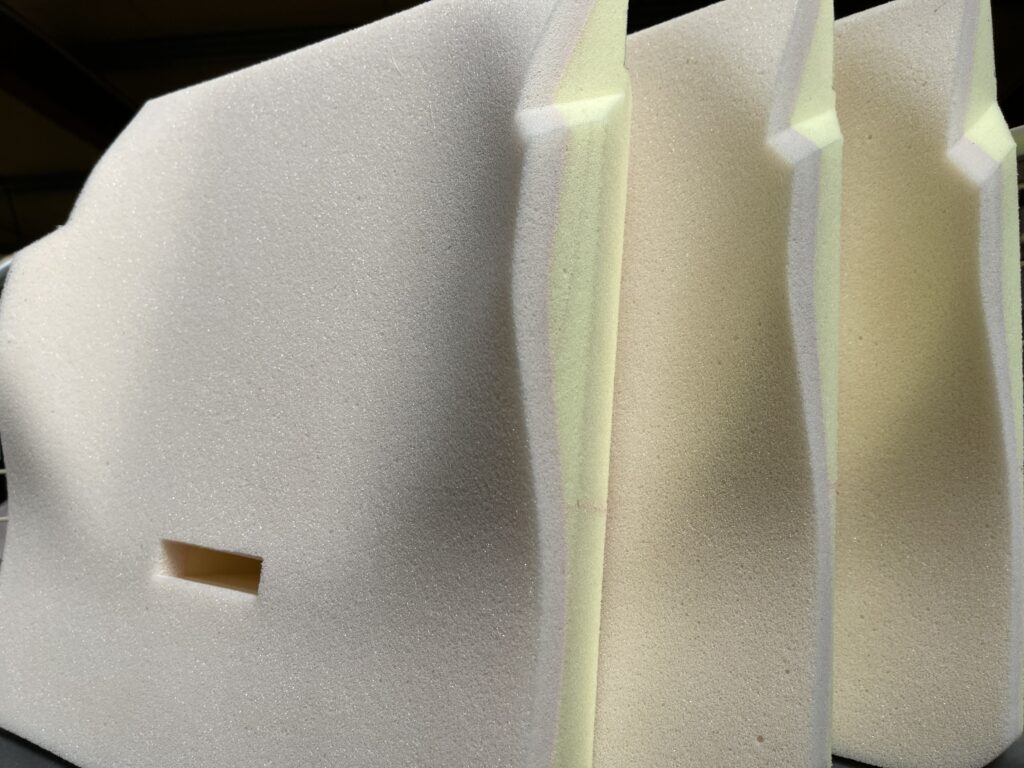
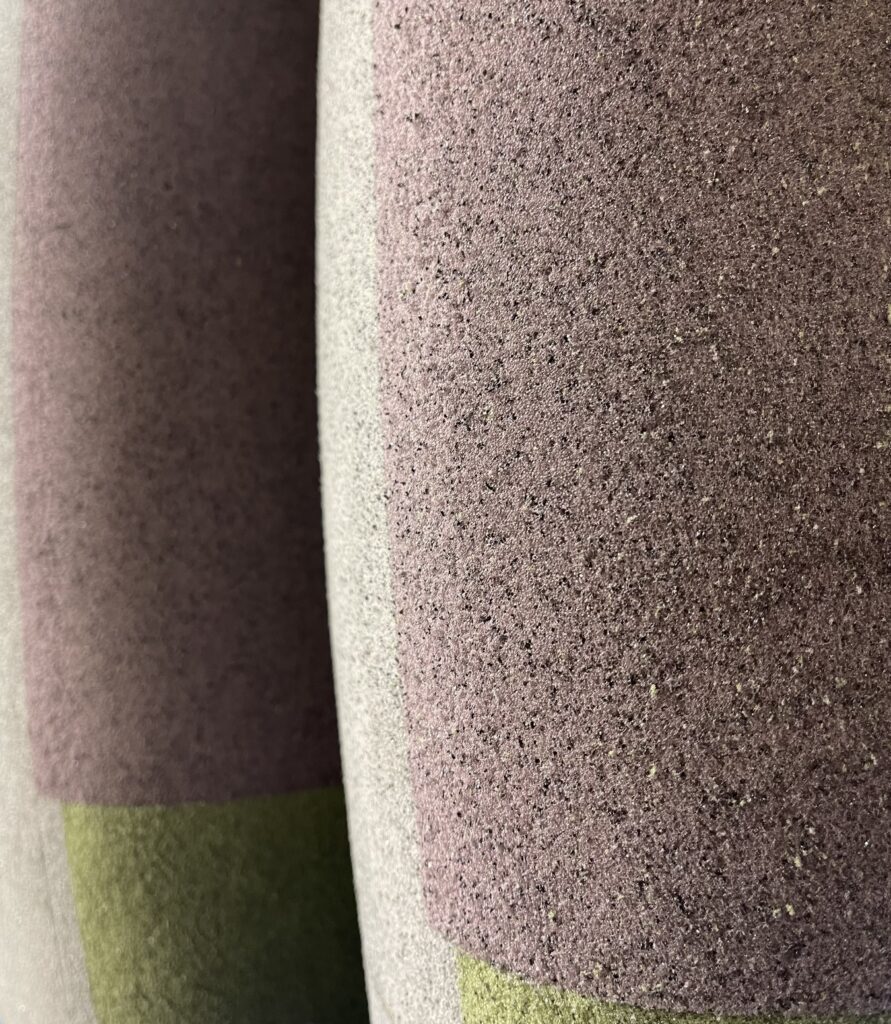
Opportunities for seating suppliers
The rise of low-cost and budget carriers will be an area of opportunity for seating and seat upholstery suppliers. As mentioned, maintenance and retrofitting of existing aircraft as well as the growing demand for seats installed with IFEC systems will also continue to be market drivers going forwards.
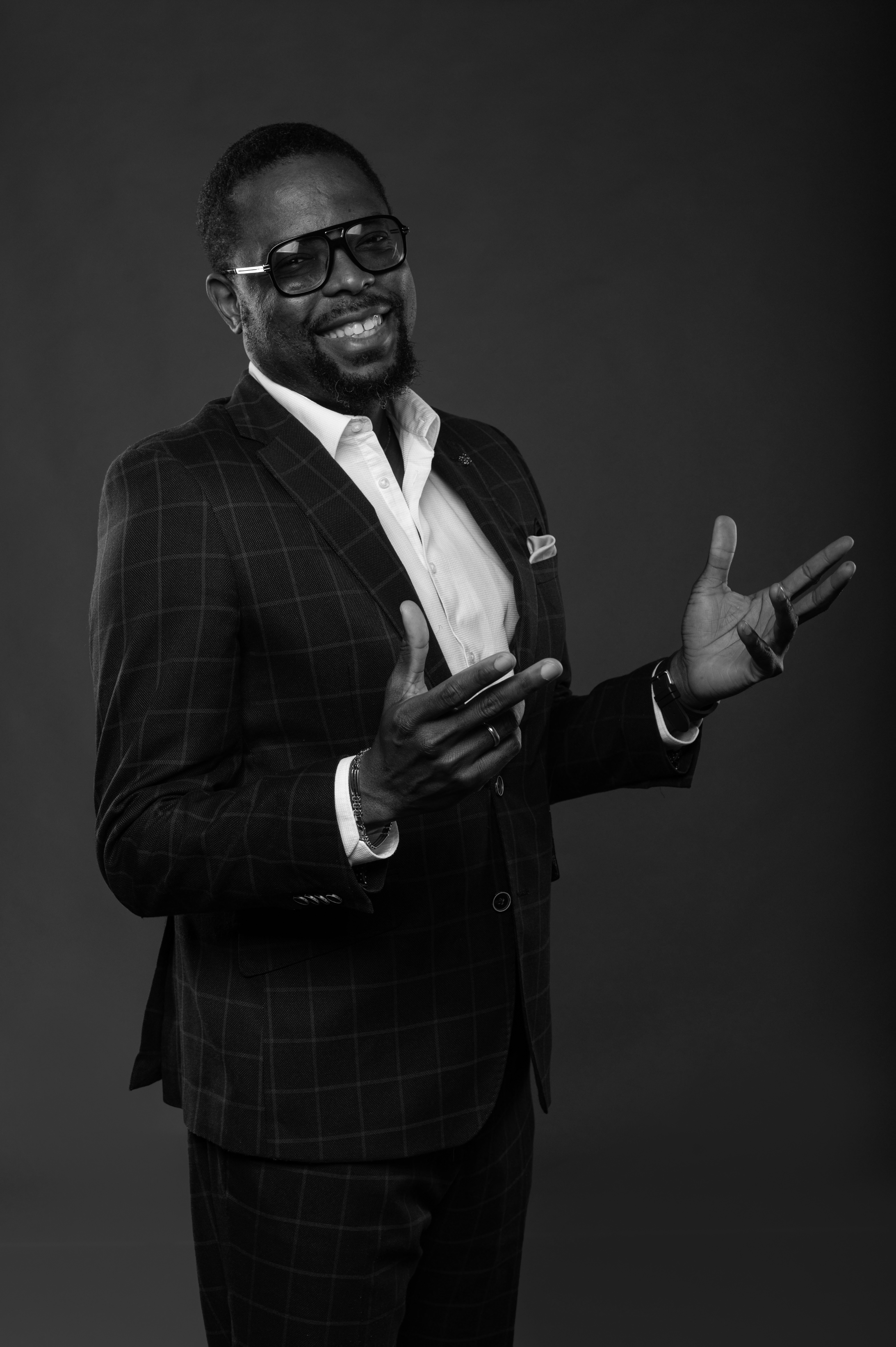
“They want the seats to be lighter without necessarily having to spend much money.”
Oladi Olukolu, CEO – PT21 Solutions on industry trends
Other areas of opportunity include:
- Innovation that caters to increasing focuses on passenger comfort, lightweighting and the use of sustainable aircraft seat materials
- The incorporation of technology in airline seats
- Flexible and modular seating designs
Across various passenger classes, this may look like:
- Premium economy class: seat padding and headrest
- Business class seats: convertible luxury plane seats with built-in entertainment systems and power outlets
- First class seating: lie-flat beds, built-in entertainment systems, power outlets and other premium features
- Ultra-long-haul: lie-flat beds with built-in entertainment systems, power outlets and other premium features such as a massage function
Aurélien notes that, “the growth of Premium Eco classes is also noticeable on medium/long haul aircraft, as is the move upmarket and the search for excellence and equipment in business and first classes.
For example, Celso has many foam solutions for these applications and works in collaboration with most seat manufacturers to bring its expertise in terms of comfort, technical answers and innovations to the table.”
And as airlines themselves face increased competition in the industry, seating suppliers that offer innovations that provide more comfort and luxury to passengers are set to be in poll position.

Changes in the aircraft cabin seating market
To this end, this increasing focus on passenger comfort has led to the development of more ergonomic seats with better support and more adjustable features in recent years.
As Aurélien sees it, “there have been many developments in the seating market. First of all, in economy class, where lightening, ergonomics and customisation are the main areas of development and innovation.”
Lighter and more durable composites are fast becoming the norm in seating manufacture when considering the weight of seats and the need to improve fuel efficiency.

“Lightweighting is still the biggest leverage you have in aerospace to be more sustainable.”
Hannes Schütte, Sales Manager, 9T Labs
And there is also an increasing demand for seats with more personalisation options, such as adjustable headrests, footrests, and lumbar supports, as well as built-in entertainment systems and charging ports for electronic devices.
Aurélien states, “in Business/1st class, the customer experience is constantly being improved and is the number one goal, while being compliant in terms of weight savings, innovative materials and greener.
It is at this level that Celso provides technical answers to the customer’s needs. Celso is constantly looking for new solutions in terms of comfort, weight saving, design to cost, acoustic innovation, custom-made design and innovative green materials.”
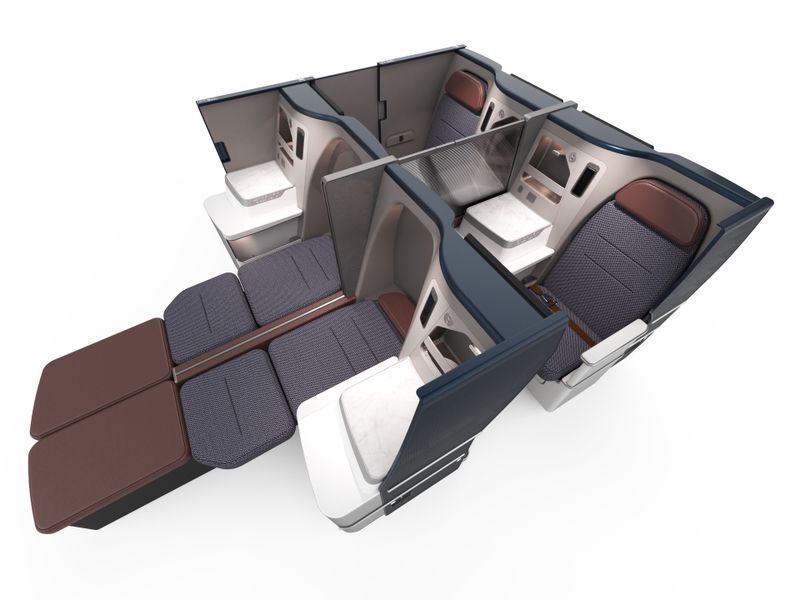
Additionally, there’s a growing trend towards economy seats with more legroom, and seats that can be converted into a bed for long-haul flights. Other newsworthy developments in the seating sector include:
Space vs. Comfort Onboard
Retrofitting and overhaul in the U.S may see changes as US Federal Aviation Administration (FAA) suggests the prospect of a new rule that could require specific minimum sizes for seats on aircraft.
The FAA will, however, probably see robust pushback regarding seat size from budget carriers. The current average seat widths accommodate only 50 percent of the population of the US, according to a group called FlyersRights.org, which submitted lengthy comments to the FAA.
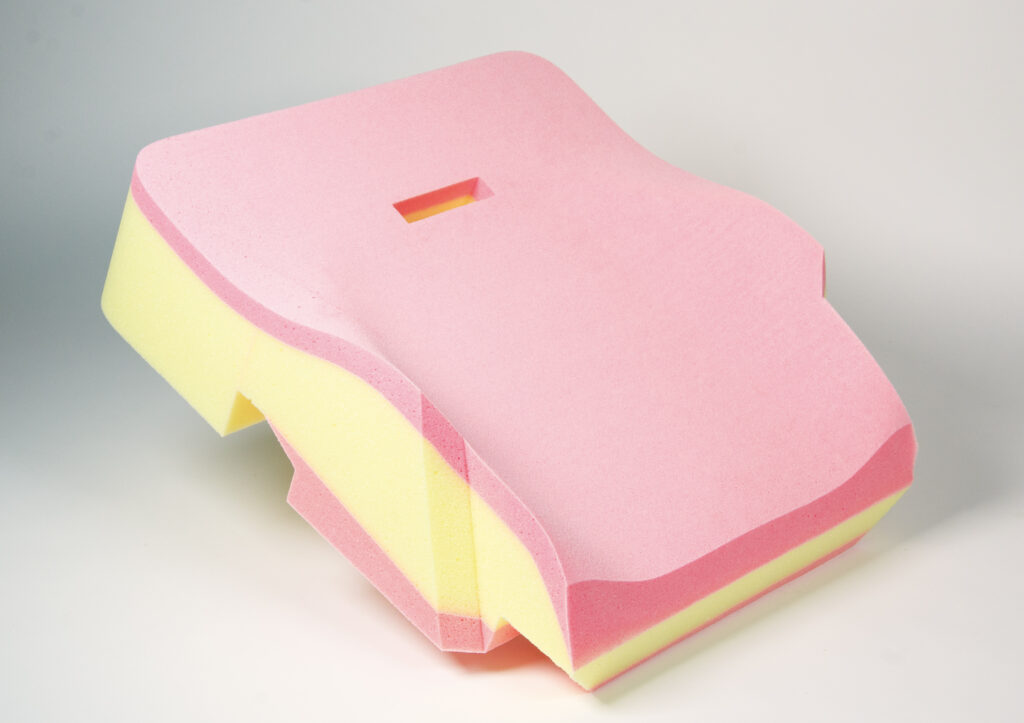
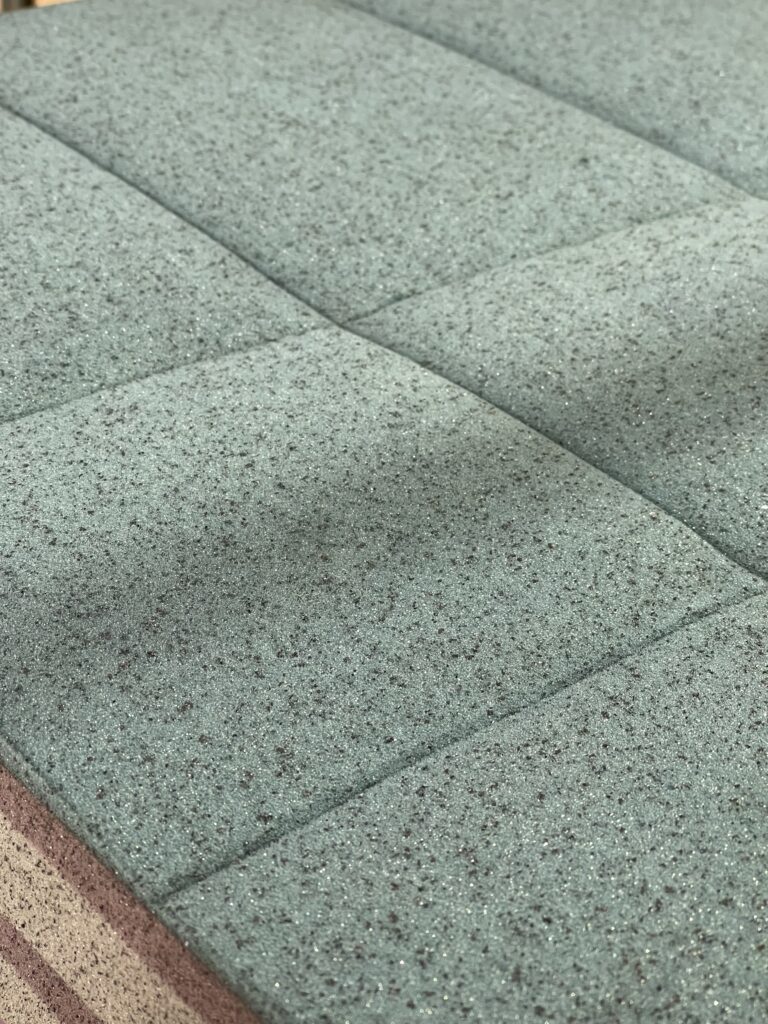
Celso
Timbe adds that “Celso is consulted by various seat manufacturers and aircraft manufacturers to propose the cabin interior design of the future. With our expertise and knowledge of raw materials we offer many products with comfort improvements, customisation of seats according to customers/airlines and technical requirements.
We work towards lightening of cushions, all while guaranteeing optimal comfort and acoustic solutions allowing passengers to have “isolation” and to reduce noise in order to be in a cocoon and thus, once again optimise travel comfort.”
HAECO and Silk Way West
HAECO ITM Limited signed an exclusive agreement with Silk Way West Airlines to support the technical management of the airline’s Boeing 747-8F inventory. The new deal will be in effect until 2029.
With the new deal, Silk Way West Airlines will have guaranteed service level and access to the Hong Kong component pool of HAECO ITM. AOG support: complete component repair, management, and engineering service; pool access services; and component logistics and transportation are all included in the scope work.
“The customer experience is constantly being improved and is the number one goal.”
Aurélien Timbre, Sales Development – CELSO
Air New Zealand’s ZIM
Air New Zealand’s ground-breaking new cabin concept, ZIM Aircraft seating, is providing premium eco seats. The airline hopes that the revamped Dreamliner seating of its Boeing 787-9 fleet will provide long-haul passengers with the finest possible experience, starting in 2024.

“Aviation industry stakeholders are adapting to meet the ever-changing demands and needs within the commercial aviation sector.”
Clyde Buntrock, CEO – AJW Aviation
RECARO and IndiGo
The brand-new A320neo and airbus A321neo aircraft operated by IndiGo will be outfitted with RECARO Aircraft Seating CL3710. The low cost carrier will introduce the most popular economy class seat to the Indian subcontinent first.
75 Airbus aircraft will have BL3710 economy class seats installed starting in January 2023.
Hutchinson and Singapore Component Solutions
In order to provide operators in the Asia Pacific region with a competitive and high-quality component repair offering, Hutchinson finalised its long-term agreement with Singapore Component Solutions, a joint venture between Sabena Technologies and AFI KLM E&M dedicated to component support.
The operators can take advantage of a wide range of capabilities, including cabin interior, composite, and structural repairs; engine and APU vibration isolation systems; and engine component repairs.

The cabin seating of the future
The aircraft cabin interiors seating market is highly competitive and features a number of key players. Some of the major companies that are expected to play a significant role in the market in the coming years.
Forecasted key aerospace seat manufacturers include:
- Zodiac Aerospace: The French company joined leading supplier of aircraft cabin interiors, Safran, specialising in seats and other cabin equipment.
- Recaro Aircraft Seating: The German company specialises in the design and manufacture of ergonomic and lightweight aircraft seats.
- B/E Aerospace: The American company supplies a wide range of cabin interior products, including seats.
The aircraft cabin interiors seating market is projected to grow from USD 6.2 billion in 2020 to USD 8.1 billion by 2025, at a CAGR of 5.5% during the forecast period.
(Source: Markets and Markets)
- Thompson Aero Seating: The UK-based company designs and manufactures aircraft seats for both commercial and business aviation.
- HAECO: The Hong Kong-based company provides a wide range of aircraft cabin interiors and maintenance services.
- Collins Aerospace: A subsidiary of United Technologies Corporation, Collins Aerospace is a leading supplier of aircraft cabin interiors, including seats, lighting, and other cabin equipment.
- Safran Seats: The French company designs, manufactures and supports a wide range of aircraft seats for commercial, regional and business aircrafts.
- JAMCO: The Japanese company designs and manufactures a wide range of aircraft cabin interiors, including seats.
These companies, known for their cutting-edge technology, innovative designs, and high-quality products, will continue to play a significant role in the aircraft cabin interiors seating market. Although, there are still some speed bumps the market may face in the coming years.
As Aurélien says, “cabin fittings have good prospects for development and innovation. The market is driven by both end customers (airlines) and the entire supply chain, which constantly looks for and develops efficient solutions to improve quality and comfort, while optimising prices.”
Potential challenges
As always, the industry, and aircraft seating manufacturers especially, will have to bear the following in mind:
- Airlines are under pressure to keep costs low
- Safety and regulatory requirements
- Environmental concerns
- Meeting passenger expectations
- Weight and space constraints
- Staying abreast of technological advancements

But as the industry continues to advance and innovate, seating will continue to be a core component in enhancing the passenger experience in the cabin.
Advancements in in-seat technologies like noise-cancellation, mood lighting, temperature control and even air purification can all have significant impact on passenger enjoyment and wellness onboard.
Steps towards personalisation with options such as adjustable headrests, footrests, and lumbar supports, can be deployed as part of ongoing efforts to to meet the diverse needs of passengers.
And the development of manufacturers experimenting with hybrid and electric airplane seats which will require less energy may offer part of the answer to the sustainability question.
Overall, the future of aircraft seating design will focus on increasing passenger comfort, reducing environmental impact, and incorporating new technologies to enhance the passenger experience. And there is no better place to experience the cabin concepts of the future than at Aircraft Interiors Expo.

